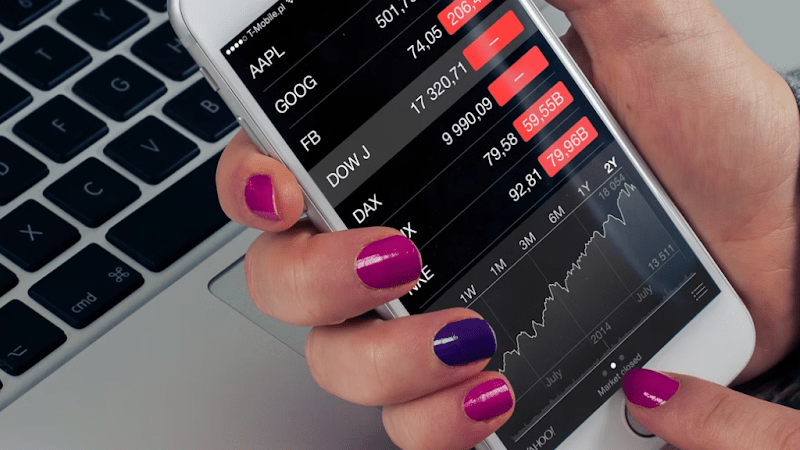Small businesses have always been the backbone of the American economy, creating jobs and driving innovation. In today’s rapidly changing world, technology is playing an increasingly important role in helping small businesses stay competitive. One such technology is remote access, which allows business owners to connect to their computers from anywhere in the world. While there are some challenges that small businesses face when implementing remote access technology, the benefits far outweigh them.
What is remote access, and why is it important for small businesses?
Remote access is a type of technology that allows users to connect to a computer or network from a remote location. This can be done either through the internet or through a virtual private network (VPN). Remote access is important for small businesses because it allows business owners to stay connected to their businesses even when they are away from the office. It also allows them to work from anywhere in the world, which can be a major advantage for businesses that have employees who travel frequently. The importance of having a secure remote desktop cannot be overstated in today’s business world. It can allow a business to function even when the power is out, the internet is down, or the physical office is closed.
Working from anywhere in the world
Entrepreneurs are always on the go, traveling from one place to another in search of new opportunities. While this lifestyle can be exciting, it can also be challenging because it can be difficult to stay connected to your work. One of the benefits of remote access is that it allows entrepreneurs to work from anywhere in the world. This can be a major advantage for businesses that have employees who travel frequently. With remote access, business owners can connect to their computers from anywhere in the world, which makes it easier for them to stay connected.
What are the challenges that small businesses face when implementing remote access technology?
There are several challenges that small businesses face when implementing remote access technology. One of the biggest challenges is security. When business owners allow employees to access their computers remotely, they are also opening up their network to potential security risks. Hackers could gain access to confidential company information, or employees could accidentally delete important files.
Another challenge is cost. Remote access technology can be expensive to implement, and small businesses may not have the budget to do so. Additionally, small businesses may not have the IT infrastructure in place to support remote access.
The benefits of remote access for small businesses
Despite the challenges, there are many benefits that small businesses can reap by implementing remote access technology. One of the biggest benefits is increased productivity. When employees can work from anywhere in the world, they are no longer tied to their desks. This means that they can work during their commute, on vacation, or even from home. Another benefit is improved communication. With remote access, employees can easily collaborate with each other regardless of location. This is especially beneficial for businesses that have employees who work in different time zones.
Small businesses can benefit from remote access by increasing productivity, improving communication, and gaining a competitive edge. Despite the challenges that small businesses face when implementing remote access technology, the benefits far outweigh them.
Overall, the benefits of remote access for small businesses far outweigh the challenges. Remote access can help small businesses increase productivity, improve communication, and even save money.
Lowering your operational cost
Small businesses can save money in a lot of different ways, and reinvesting those savings back into the business can help to improve efficiency and productivity. Here are three specific ways that small businesses can save resources and lower their operational cost.
1. Conserving energy: One of the best ways to save money is to conserve energy. Small businesses can do this by turning off lights and electronics when they are not in use, using energy-efficient appliances, and installing insulation in their buildings.
2. Reducing waste: Another way to save money is to reduce waste. Small businesses can do this by recycling materials, composting food scraps, and reducing packaging.
3. Cutting costs: The most obvious way for small businesses to save money is by cutting costs wherever possible. This includes negotiating better rates with suppliers, switching to a less expensive provider for services like internet and phone service, and using less expensive materials whenever possible.
How to set up remote access for your business?
If you’re interested in setting up remote access for your small business, there are a few things you need to do. First, you need to decide which type of remote access system you want to use. There are two main types: internet-based and VPN-based. Internet-based systems are typically less expensive and easier to set up, but they are less secure than VPN-based systems.
Next, you need to purchase the appropriate hardware and software. For an internet-based system, you’ll need a router that supports virtual private networking (VPN). For a VPN-based system, you’ll need a VPN server. You can either purchase these items separately or as part of a package from a remote access provider.
Once you have the hardware and software, you need to set up your network. This can be a challenging task, so it’s important to follow the instructions carefully. Once your network is set up, you need to configure your remote access settings. This includes specifying which users can access the system and what permissions they have.
Finally, you need to test your system to make sure it’s working correctly. Try accessing your network from a variety of locations and devices to make sure everything is working as it should. By following these steps, you can set up a remote access system for your small business quickly and easily.
When you’re ready to implement remote access in your small business, there are a few things to keep in mind. First, consider the security risks and make sure you have the proper measures in place to protect your data. Second, think about the infrastructure requirements and make sure you have the necessary IT support in place. And finally, be sure to test your system thoroughly before you roll it out to your users. By following these tips, you can ensure that remote access is a success in your small business.
















